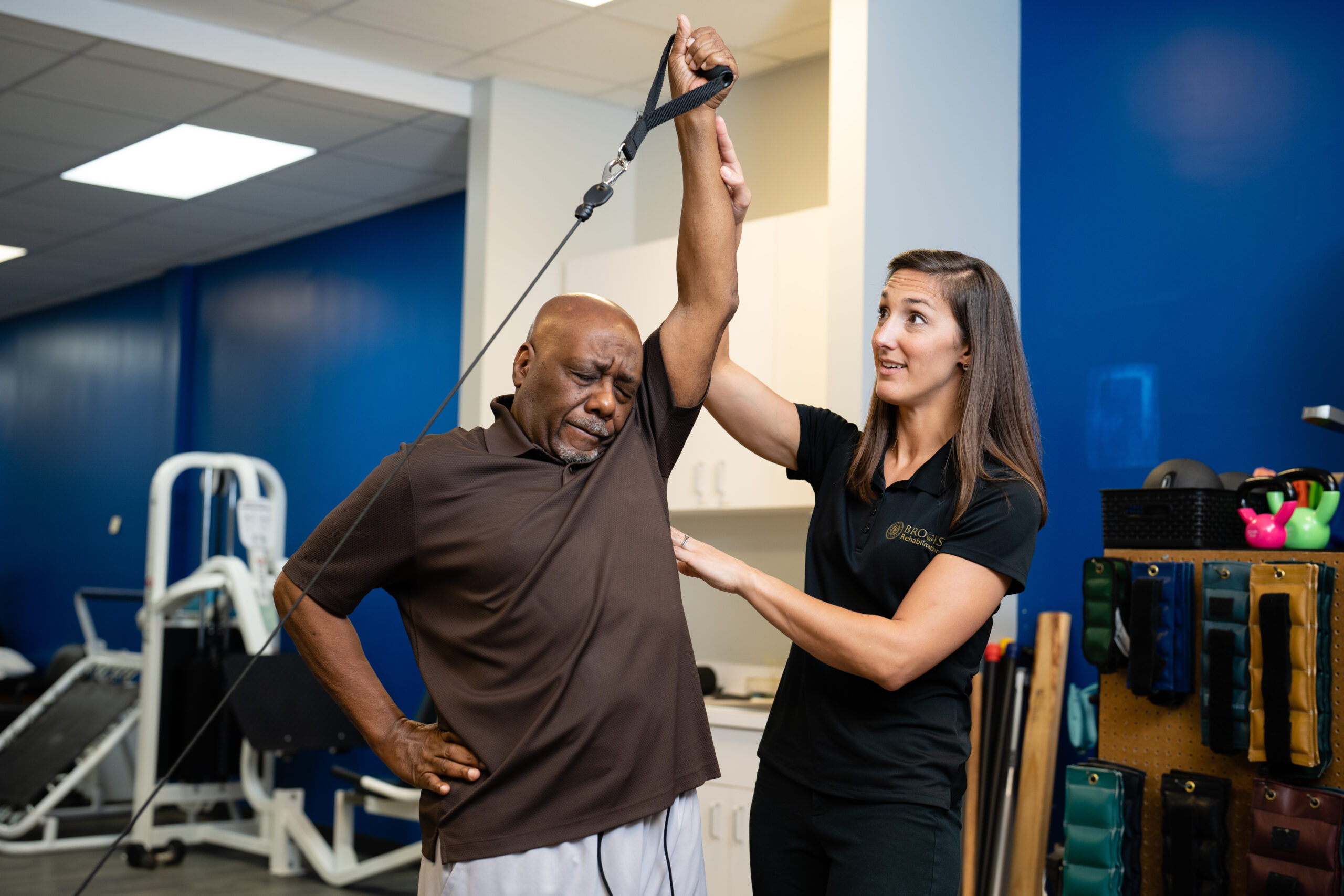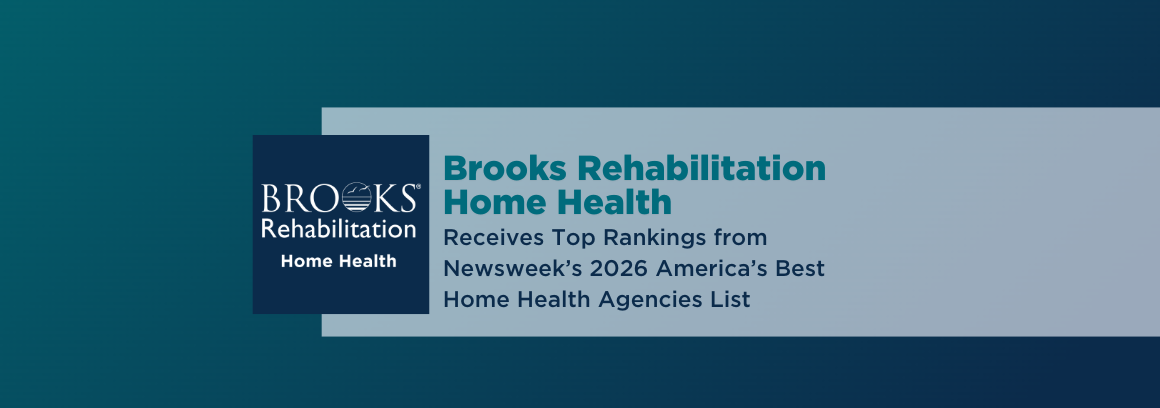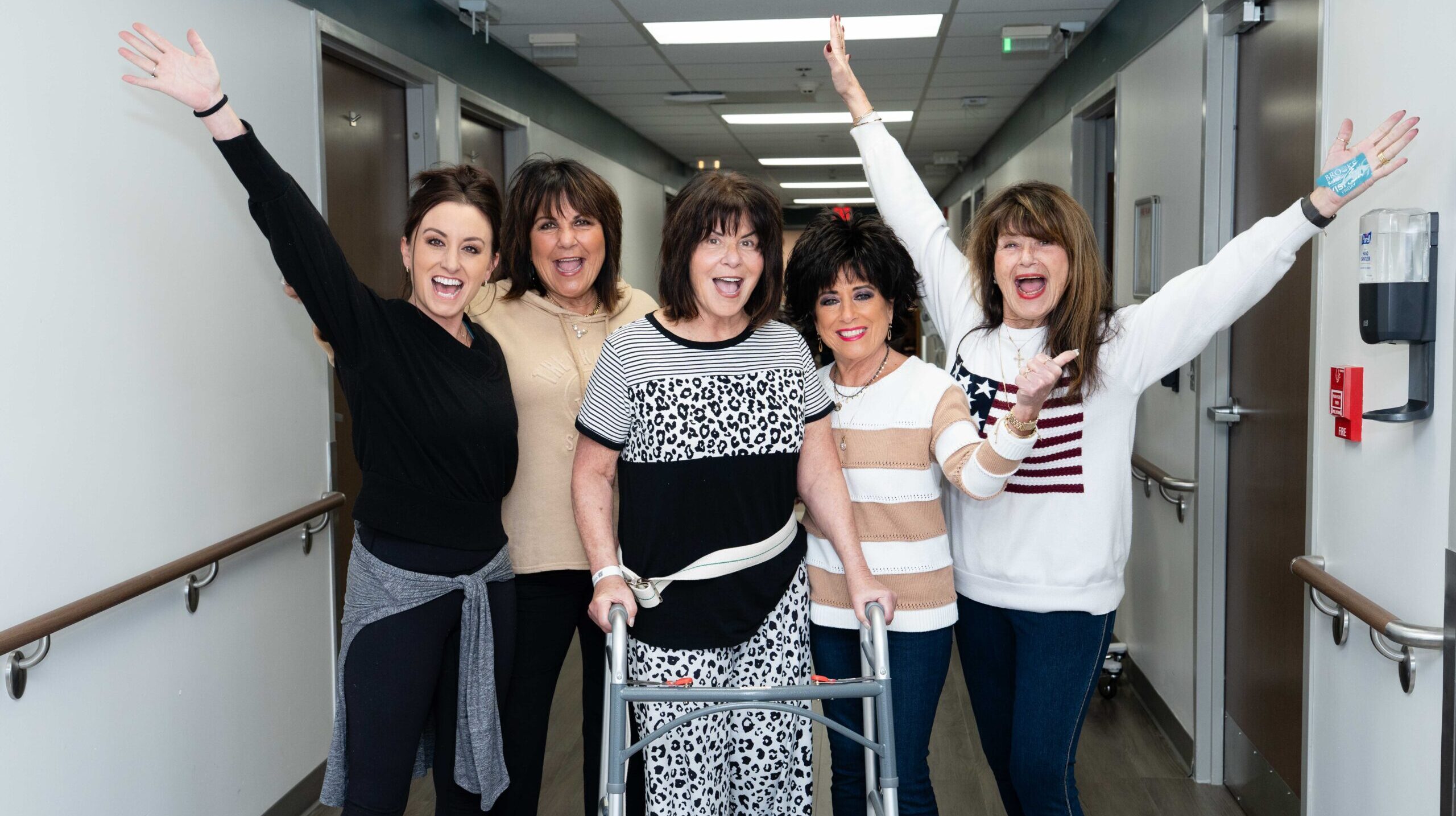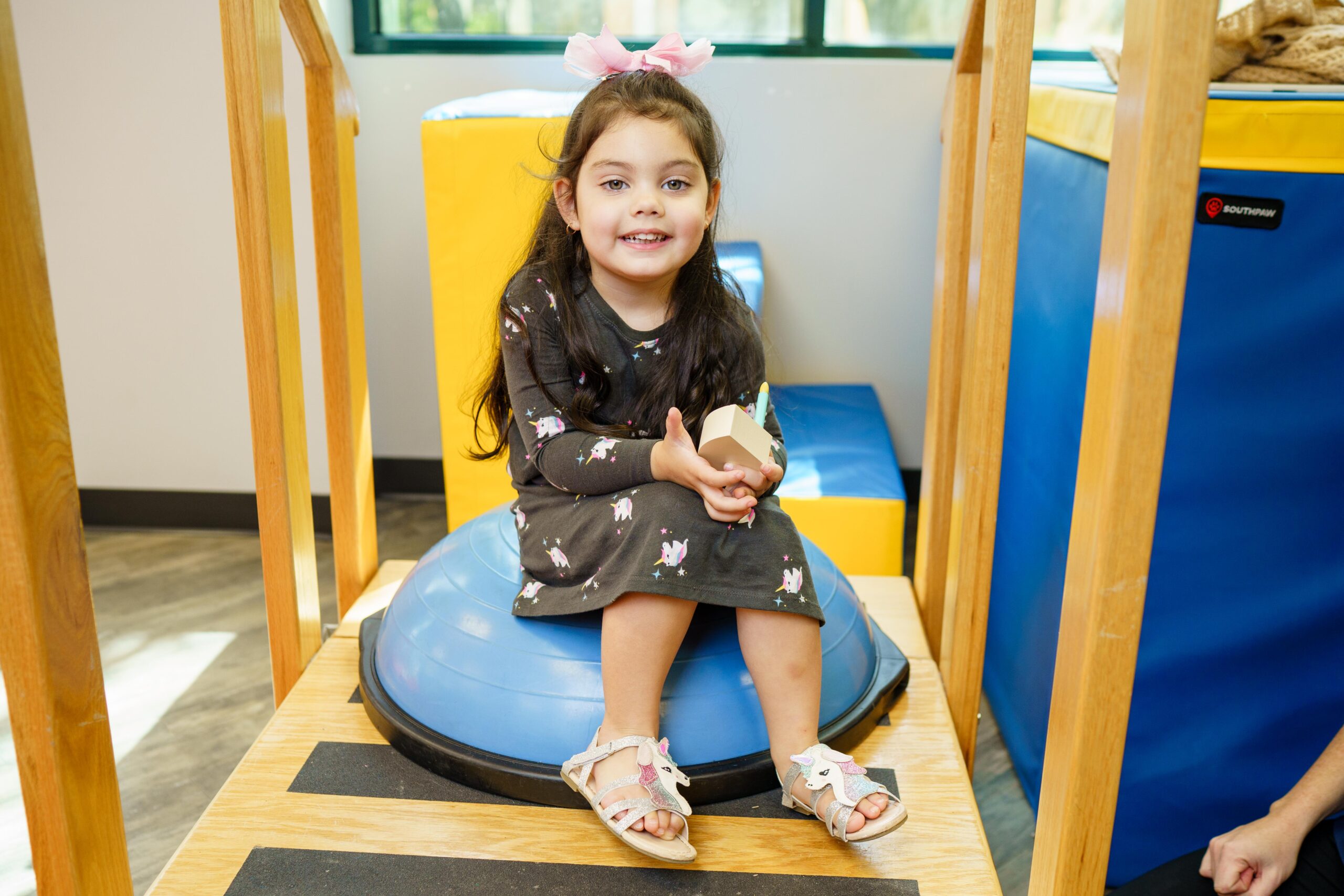What Is an ACL Tear?
This injury occurs when you tear your anterior cruciate ligament (ACL). This structure stabilizes the knee, preventing unnatural shifting or rotation. Most ACL tears require surgery to repair the damage. Physical therapy plays a critical role before and after ACL repair to reduce pain, rebuild strength and help you safely return to your favorite activities.
What Causes an ACL Tear?
An ACL tear occurs with sudden shifts, typically from front to back, that put too much stress on your knee. You face a higher risk of a torn ACL if you participate in sports such as soccer, football, gymnastics or skiing.
Specific movements that lead to an ACL tear include:
- Changing direction too quickly
- Hard fall that forcibly twists your knee
- Landing awkwardly after a jump
- Overextending or twisting your knee
- Pivoting sharply while your foot is planted
- Stopping suddenly while running
- Taking a direct hit to the knee
ACL Tear Symptoms
An ACL tear typically causes sudden pain and knee instability.
You may also experience:
- Difficulty straightening or bending your knee
- Feeling like your knee is giving out or can’t support you
- Immediate swelling
- Pain that makes it hard to walk
- Popping sound or sensation at the time of injury
Easy Access, Close to Home
With more than 50 physical therapy locations across Florida, Brooks makes it easy to find care close to home. Many clinics offer extended weekday hours, so you can schedule visits before or after work. And you might not need a referral to start treatment, depending on your insurance. Direct access to our physical therapists can help you feel better sooner. Become a patient.
How Is a Torn ACL Treated?
At Brooks, ACL recovery is carried out by highly skilled physical therapists. Their area of expertise is joint and muscle injuries, like ACL tears, and they have a depth of experience. We listen carefully as you describe your treatment goals, then we tailor therapies to help you achieve them.
Orthopedic physical therapy for ACL recovery may include:
- Blood flow restriction therapy: We use a cuff or band to partially restrict blood flow as you exercise. This stimulates muscle growth and strength gains similar to high-intensity training.
- Manual therapy: Physical therapists use hands-on techniques to guide your knee through gentle movements that reduce stiffness, strengthen the joint and improve its movement.
- Mobility, stretching and range of motion exercises: You perform guided stretches and activities that improve knee flexibility and help you regain natural leg motion.
- Motion analysis: Our Motion Analysis Center uses advanced technology to assess how you move, helping therapists fine-tune your recovery plan for safer, more effective return to your activities, including sports.
- Neuromuscular electrical stimulation (NMES): Gentle pulses reduce swelling, ease pain and help re-activate key muscles supporting your knee.
- Strengthening exercises: Physical therapists help you rebuild leg and core strength to support your knee as it heals and restore your active lifestyle.
Why Choose Brooks for ACL Tear Recovery?
Our comprehensive approach blends the best knee rehabilitation therapies with joint protection and long-term knee health.
Highlights of our program include:
- ACL recovery: Physical therapists tailor treatment to your child’s stage of growth, focusing on safe progression without disrupting bone development. We emphasize proper movement patterns and support your child’s muscles for a complete recovery. Explore pediatric physical therapy.
- Sport-specific treatment: Our certified sports physical therapists are experts in helping athletes rebuild strength, speed and confidence after an ACL tear. We use sport-specific training, which may include anti-gravity treadmills, blood flow restriction therapy and progressive resistance training.
- Advanced motion analysis: If your goals include getting back to competitive sports, we may refer you to our Motion Analysis Center. Sensors and high-speed cameras track movement patterns in your knee while you perform basic tasks, like walking or running. This information helps us pinpoint issues that may raise the risk of another ACL tear.
FAQs About Orthopedic Physical Therapy for ACL Tears
How long does it take to recover from an ACL tear with physical therapy?
Recovery typically takes many months. The timeline depends on whether you’ve had surgery and how active you want to be afterward. Physical therapy helps rebuild strength, restore movement and reduce the risk of re-injury. Orthopedic physical therapists at Brooks personalize ACL recovery plans to your goals, whether it’s walking pain-free or returning to high-impact sports.
Can physical therapy help me avoid ACL surgery?
If you experience a partial tear and have lower activity goals, physical therapy alone may be all that’s necessary. ACL recovery for these cases focuses on improving knee stability, strength and function.
When should I start physical therapy after tearing my ACL?
You may be able to begin physical therapy before surgery. Starting early helps reduce swelling, improve motion and set the stage for smoother post-surgical recovery. Brooks offers pre- and post-operative physical therapy, helping you receive more of the services you need from our trusted team.
Request Care at Brooks
Find out more about becoming a patient and learn about orthopedic physical therapy for an ACL tear.Latest News and Health Resources
Education and guidance to support your recovery
Brooks Rehabilitation Home Health Receives Top Rankings from Newsweek’s 2026 America’s Best Home Health Agencies List
Brooks Rehabilitation is thrilled to announce that its home health division has been named the best in Jacksonville and ranked among the top 20 in Florida on Newsweek's 2026 America’s...




